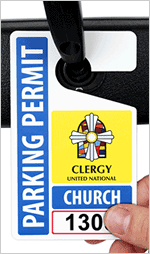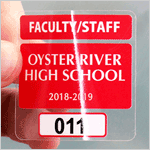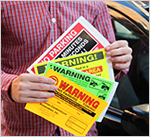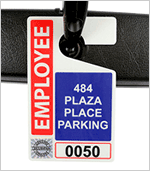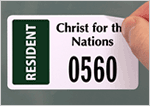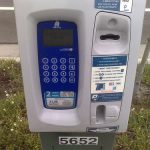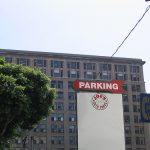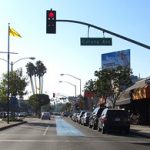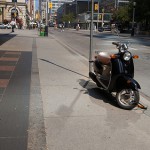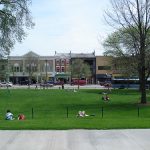Charlestown parking debate continues
Cars that park themselves — no, car sharing instead — or perhaps a new multistory garage: these were just some of the parking solutions proposed by residents of Charlestown, Boston’s oldest neighborhood. They gathered last month for the first of what may be a series of community meetings addressing zoning rules that regulate parking in the area.
Organized by the Boston Redevelopment Authority (BRA), the meeting centered on regulations that allow developers to install new curb cuts without public input from area residents. The cuts, which break across sidewalks to provide access from the roadway to a legal parking space within property lines, necessarily remove public on-street parking, considered a premium in Boston’s high-density neighborhoods. The disappearance of such parking puts greater pressure on remaining spots, while also increasing the number of cars on the road.
More public transit and better pedestrian and bicycle pathways offer healthier, cost-effective solutions, city planners often argue, but in Charlestown, meeting attendees, which included members of the neighborhood council and staff from the BRA and mayor’s Office of Neighborhood Services, focused on a specific zoning rule for new one- to two-family houses, townhouses, and rowhouse developments in the area. Changes to the rule looked at three possibilities:
Option 1: Require parking with no review
This choice maintains current regulations, which require developers of the housing types mentioned above to provide a minimum of one space per unit of on-site parking. This means developers must install driveways and curb cuts; there is no public review unless a developer seeks to waive the requirement.
Option 2: Do not require parking or public review
This option gives developers of one- to two-family houses, townhouses, and rowhouses the choice to provide parking or not. If they choose the former, they must apply to the city for a permit for the curb cut and meet all public standards for safety, design, and other concerns. The application does not trigger public notification.
Option 3: Do not require parking but allow for public review
In this option, parking for new one- to two-family house, townhouses, and rowhouses would be classified a conditional use not allowed by right. This means developers can, with neither city nor public review, build projects without on-site parking. Should they choose to provide parking, developers must then seek a variance, which triggers a public review process, giving neighbors the opportunity to voice their opinions on new curb cuts.
Other changes were also considered, but it was clear that a follow-up meeting, if not several, would be needed to resolve the issue. Charlestown Neighborhood Council member Mark Roshenshein told members of the press that he was especially concerned by the audience—a dozen in number—and expressed interest in increasing attendance at future gatherings.
Related Posts
Category: Uncategorized

